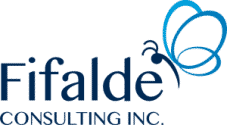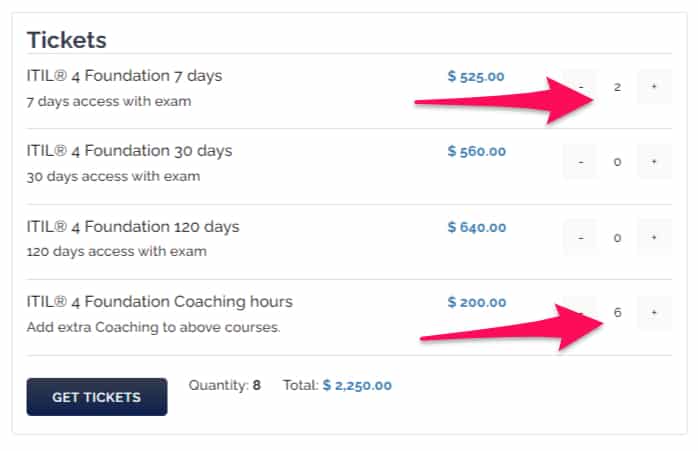
TOGAF® Enterprise Architecture Level 1
- - -
| $200.00 – $690.00The TOGAF framework, an Open Group Standard, is a proven Enterprise Architecture methodology and framework used by the world’s leading organizations to improve business efficiency. It is the most prominent and reliable Enterprise Architecture standard, ensuring consistent standards, methods, and communication among Enterprise Architecture professionals. Enterprise Architecture professionals fluent in the TOGAF standard enjoy greater industry credibility, job effectiveness, and career opportunities.
The TOGAF Standard Version is an update to the TOGAF standard providing improved guidance, correcting errors, improving the document structure, and removing obsolete content. Key enhancements made in this version include updates to the Business Architecture and the Content Metamodel. All of these changes make the TOGAF framework easier to use and maintain.
The standard is divided into seven parts:
- PART I (Introduction): This part provides a high-level introduction to the key concepts of Enterprise Architecture and in particular the TOGAF standard approach. It contains the definitions of terms used throughout the TOGAF framework and release notes detailing the changes between this version and the previous version of TOGAF framework.
- PART II (Architecture Development Method): This is the core of the TOGAF framework. It describes the TOGAF Architecture Development Method (ADM) – a step-by-step approach to developing an Enterprise Architecture.
- PART III (ADM Guidelines & Techniques): This part contains a collection of guidelines and techniques available for use in applying the TOGAF standard and the TOGAF ADM.
- PART IV (Architecture Content Framework): This part describes the TOGAF content framework, including a structured metamodel for architectural artifacts, the use of re-usable architecture building blocks, and an overview of typical architecture deliverables.
- PART V (Enterprise Continuum & Tools): This part discusses appropriate taxonomies and tools to categorize and store the outputs of architecture activity within an enterprise.
- PART VI (TOGAF Reference Models): This part provides a selection of architectural reference models, which includes the TOGAF Foundation Architecture, and the Integrated Information Infrastructure Reference Model (III-RM).
- PART VII (Architecture Capability Framework): This part discusses the organization, processes, skills, roles, and responsibilities required to establish and operate an architecture function within an enterprise.
The Level 1 certification is to provide validation that the Candidate has gained knowledge of the terminology, structure, and basic concepts of the TOGAF standard, and understands the core principles of Enterprise Architecture and the TOGAF standard. The TOGAF Level 1 certification is automatically achieved after passing the TOGAF Level 1 exam. The TOGAF Level 1 course provides an optimal preparation to pass the exam and, therefore, to obtain the certification. Level 1 is a prerequisite to continue with the following levels of qualification.
Objectives
At the end of this course, the participants will achieve the following competences:
- The key concepts of an Enterprise Architecture and TOGAF architecture framework
- The basic principles of enterprise architecture based on TOGAF framework
- The key terminology of TOGAF framework in the context of ADM
- The ADM cycle and the objectives of each phase and how to adapt them in ADM
- The concept of Enterprise Continuum; its aim and its component parts
- How each phase contributes to the success of an enterprise architecture
- ADM guidelines and techniques
- How Architecture Governance contributes to the Architecture Development Cycle
- The concept of Architecture View and Architecture Viewpoints and their role in communication with the stakeholders
- The concept of Building Blocks
- The main Deliverables in an ADM cycle
- TOGAF reference model
Who it is aimed at
- Enterprise architects, of all levels
- People wishing to get into enterprise architecture
- Anyone who wants to pass the TOGAF® certification exam
Prerequisites
Some experience solving problems at the enterprise level, although familiarity with TOGAF standard is not required.
Contents
- The basic and core skills of the TOGAF framework
- The Architecture Development Method (ADM), all of the phases, and the key information to know to pass the exam
- Other topics covered on the exam, including Architecture Governance, Architecture Capacity, Enterprise Continuum, Capability Assessment and reference frameworks such as TRM and III-RM
The e-learning version is provided by iLEARN – Innovative Learning
TOGAF® is a registered trademark of The Open Group in the United States and other countries.


